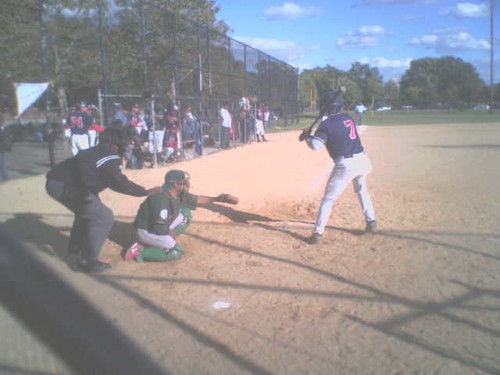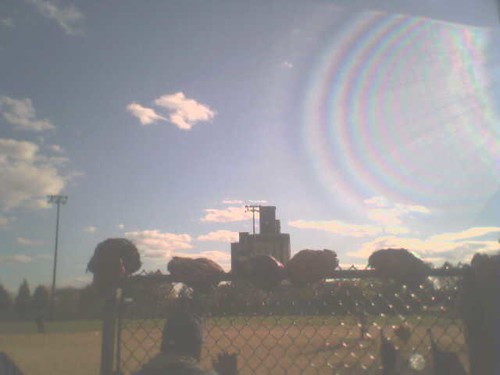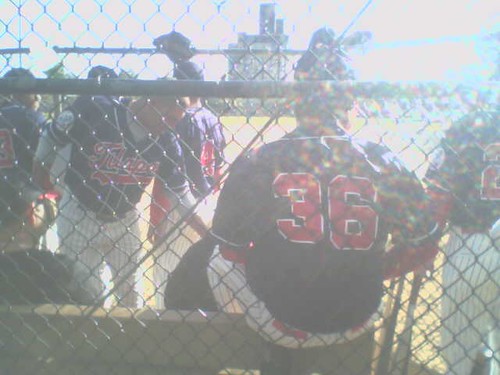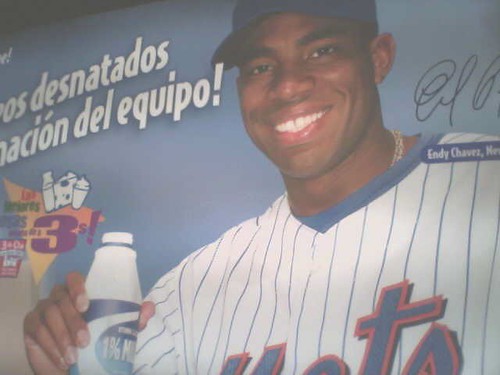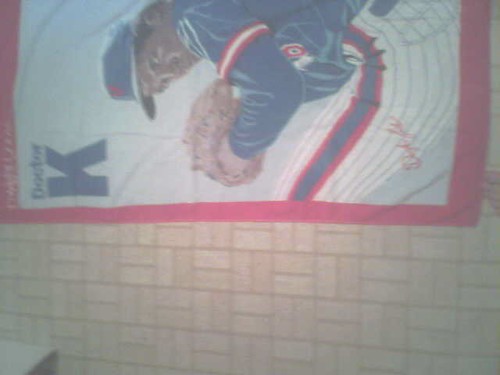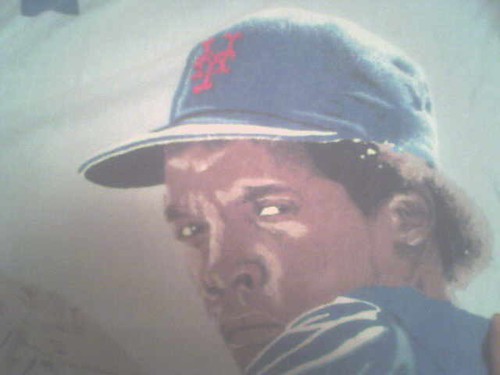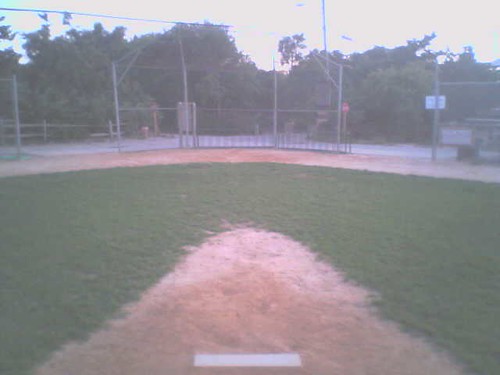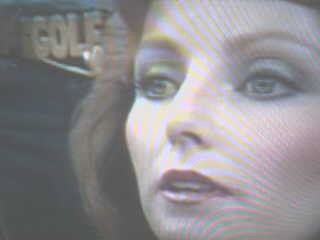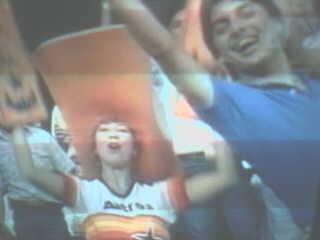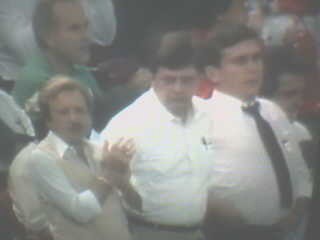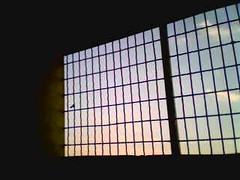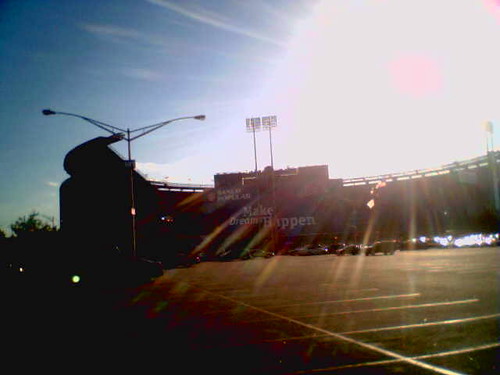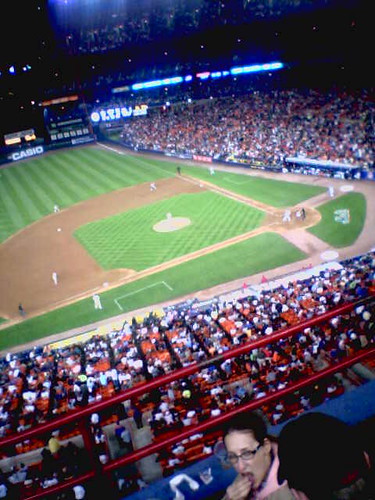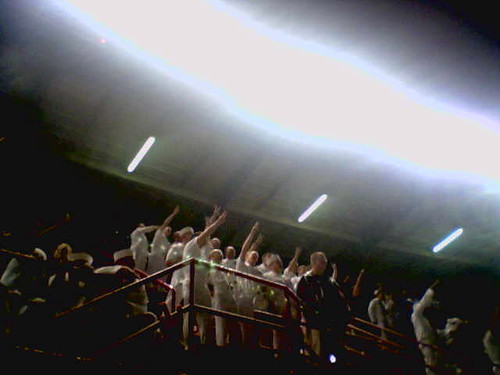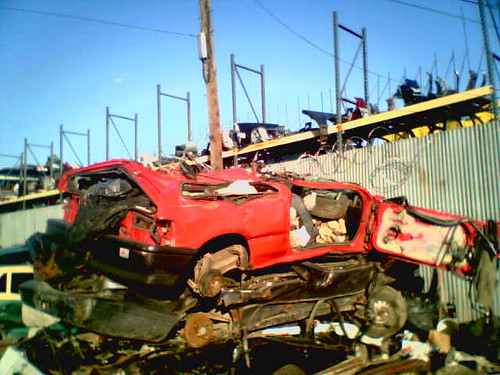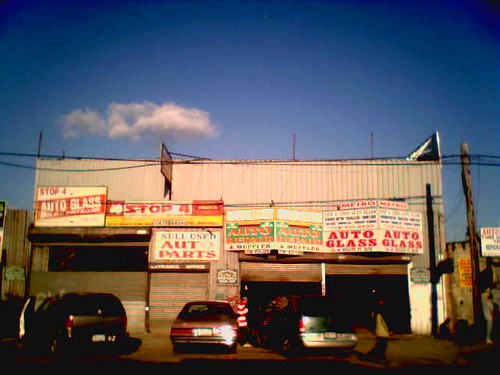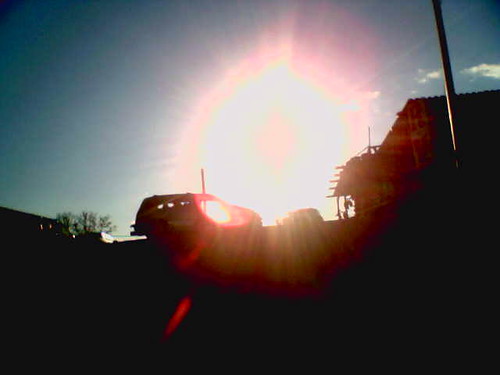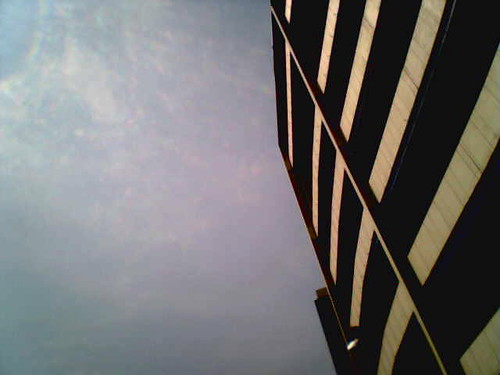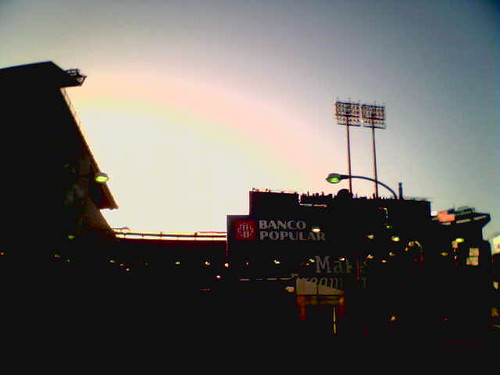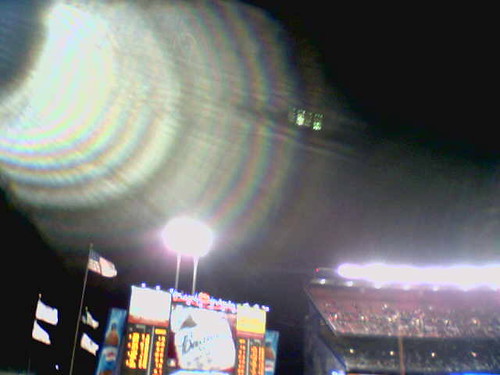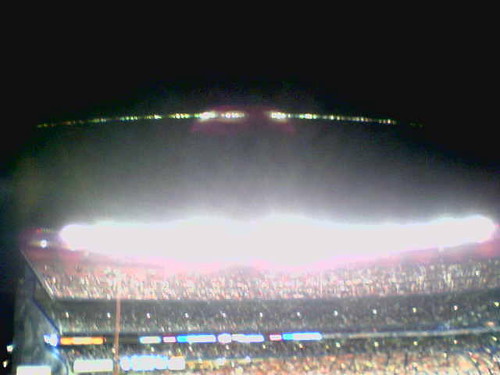(A foray into longer-form baseball writing in the form of a review of Shout! Factory's 2006 Mets highlights reel, The Team. The Time. The 2006 Mets..)
"You're gonna have to learn your clichés," Kevin Costner's Crash Davis advises Tim Robbins' Nuke LaRouche in 1988's Bull Durham. "You're gonna have to study them, you're gonna have to know them. They're your friends. Write this down: 'we gotta play it one day at a time.'"
"It's pretty boring," LaRouche says.
"'Course it's boring," Davis responds. "That's the point."
Nineteen seasons later -- LaRouche, perhaps, having just wrapped up a respectable alternate-universe career as a dependable mid-rotation starter -- Robbins has certainly learned his. Narrating The Team. The Time. The 2006 Mets, the now-veteran actor spits them out fast and furious, along with nearly every commentator, Met, vet, and front office rep to offer commentary.
And, like Davis says, that's the point. Despite baseball's infinite facets, cliché remains the dominant public language of the game, and there's no reason to suspect that will change anytime soon.
"This town is about winning," General Manager Omar Minaya notes at one point, completely clearing that up. "It starts with our passion for playing the game," observes manager Willie Randolph in a totally winning white turtleneck. "The 2006 Mets personified heart and courage," Robbins intones as Carlos Beltran slams into (I think) the Astrodome wall. Things, in short, that might be said about any (the) team at any (the) time.
In a way, all of that seems perfectly obvious. Of course David Wright is going to regurgitate platitudes like "I think winning's contagious." Clichés let the game speak for itself, mindless chatter between highlights clips. And what highlights clips: Carlos Delgado rocketing a shot into the rightfield bullpen in the 16th inning against Philadelphia on May 23rd, Jose Reyes completing his June 21st cycle with a single, Jose Valentin acknowledging the transcendent power of his moustache.
Stache's 'stache, as it turns out, is a reminder that highlights reels don't have to be clichés. Really, a DVD about the 2006 Mets could just as easily plug the gaps between walk-off wins by talking about mechanics, like what knowledge leather-faced Rickey Henderson imparted on bright-eyed/bushy-tailed Reyes in the art of stealing bases, or the practically spiritual strength Tom Glavine draws from his routines. Or a feature reflecting the culturally rich clubhouse. Or even just the lovely and human story of the seemingly over-the-hill Valentin earning the hell out of a starting spot at second base.
Instead, we get acoustic guitar shorthanding for the sadness of Pedro Martinez's mid-campaign meltdown, though no actual footage of the events. Even by highlights films standards, some of it's pretty bad. By contrast, the plum delightful 1986 reel, A Year To Remember, created its narrative authority by including (for example) footage of an errant throw by Gary Carter smashing into Mookie Wilson's face and shattering his sunglasses. Plus, they had montages. Crazy, bad-ass '80s montages set to Emerson, Lake and Palmer and Glenn Frey. You know, from the Eagles. (The Eagles of Los Angeles, that is, not Philadelphia.)
Few of the clichés are inaccurate, either. After all, the Mets did finish 2006 tied for the best record in baseball, and a host of other accomplishments. But, with chapter names like "Chemistry," "Resiliency," and "Optimism," it's also kind of patronizing. Cute marketing brand, the whole definite-article/parallel construction the-team-the-time thing, but maybe not very accurate as far as titles go, given that the Mets didn't even make it to the World Series. In the end, the true tenor of a baseball season -- for player and fan alike -- is multitudes more complex than "Chemistry" and "Optimism."
Instead of the World Series, though, what we got -- and what we get here, augmented by dramatic orchestral hits -- is Endy Chavez creating a real, honest-to-Keith capital-M baseball Moment. And, while that's maybe not as good as brute force world champ bragging rites, it's also much richer: that concentrated flash of pure joy deeply colored by the fated ending just an inning later. It's not victory, but it's something to hold onto -- and, in the form of The Team. The Time. The DVD, it takes physical form.
We bought the ticket, we took the ride, and the Mets lost. The latter fact feels (and is) entirely secondary on The Team. The Time. The 2006 Mets.. And, really, it is, owing primarily to another life-affirming cliché: we'll get 'em next year. And we will. Both the bragging rights and the bitchin' montages.
